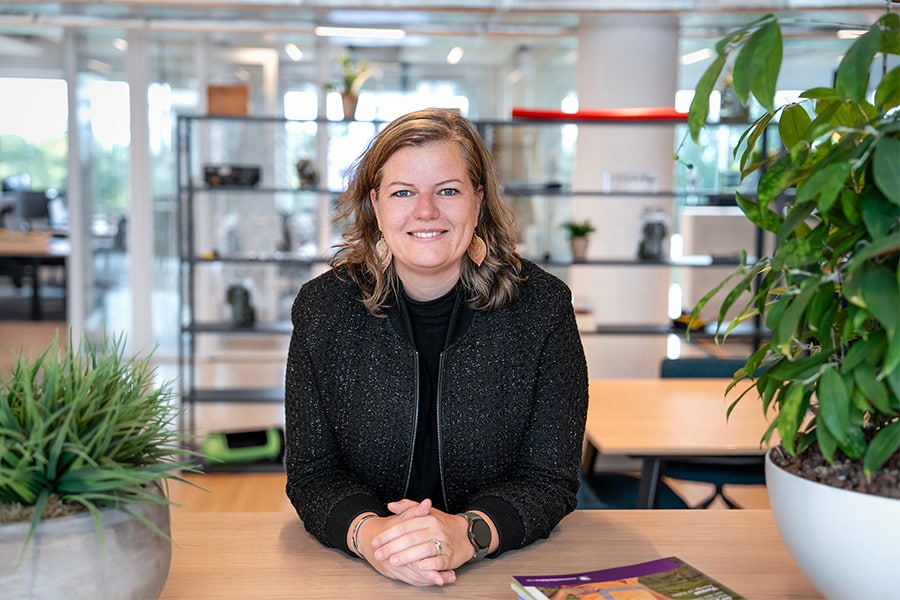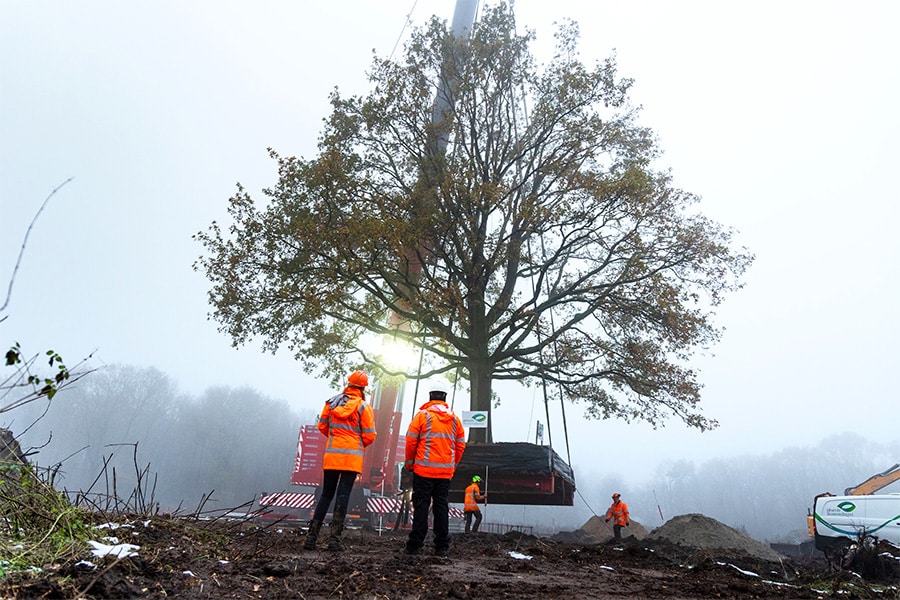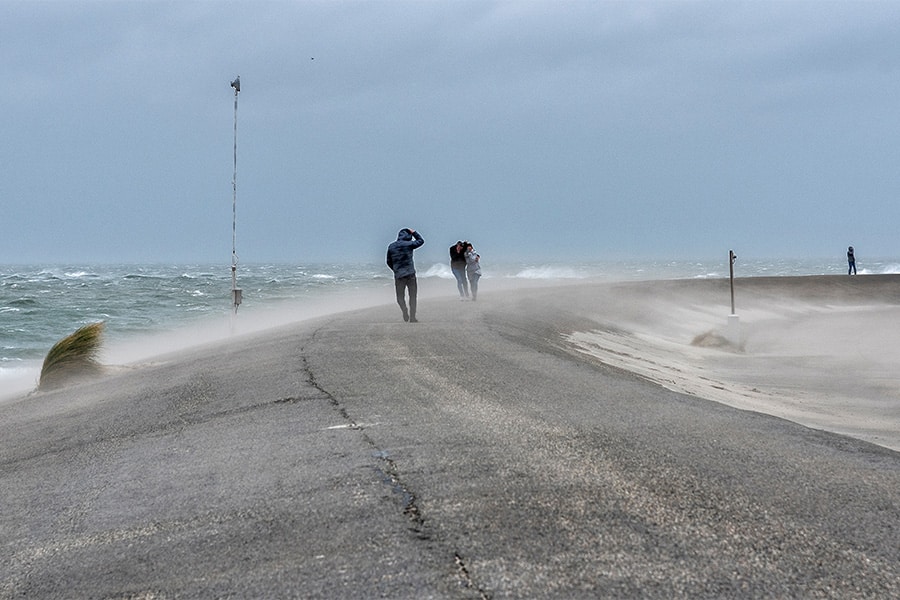
Modern Burj al-Hamam sets world record at Floriade
3D printed tower of Qatar in Guinness World Records book
Qatar connects future and past with one of the most striking objects at Floriade Expo 2022 in Almere: the 3D printed modern version of the Burj al-Hamam. At 12.1 meters, it is the tallest self-supporting 3D printed structure in the world. This has given this unique object a well-deserved place in the Guinness World Records book. The "pigeon tower" was designed by Dar & the Expo Pavilion group and printed by Saint-Gobain Weber Beamix in Eindhoven.

The Pigeon Tower
The 3D printed Burj al-Hamam pays homage to the traditionally built pigeon towers in Qatar and is characterized by its special, architectural shape. The tower provides a protective place for more than a thousand pigeons during the migratory season. In doing so, it simultaneously provides an ecological way of farming. Thanks to its clever construction, the pigeons' droppings can be collected and used as fertilizer for local farms. Visitors to Floriade can also get up close and personal with the 3D printed structure and construction inside the tower. Since many wild pigeons already make grateful use of the tower, access is of course entirely at your own risk.
Groundbreaking design
The Burj al-Hamam was built without steel reinforcement or cast concrete. At 12.1 meters high, it is the highest 3D printed tower in the world. This was confirmed when measured by a Guinness World Records delegate. The 3D printed structure provides an automated way to build the design of the towers. To reduce CO2 footprint even further, Saint-Gobain Weber Beamix has significantly reduced the energy requirements of the production process and the amount of material. As a result, for the towers up to 60%, less CO2 emitted than with traditional construction methods. In this way, the Weber Beamix concrete printing plant has pushed the boundaries of concrete printing even further.




